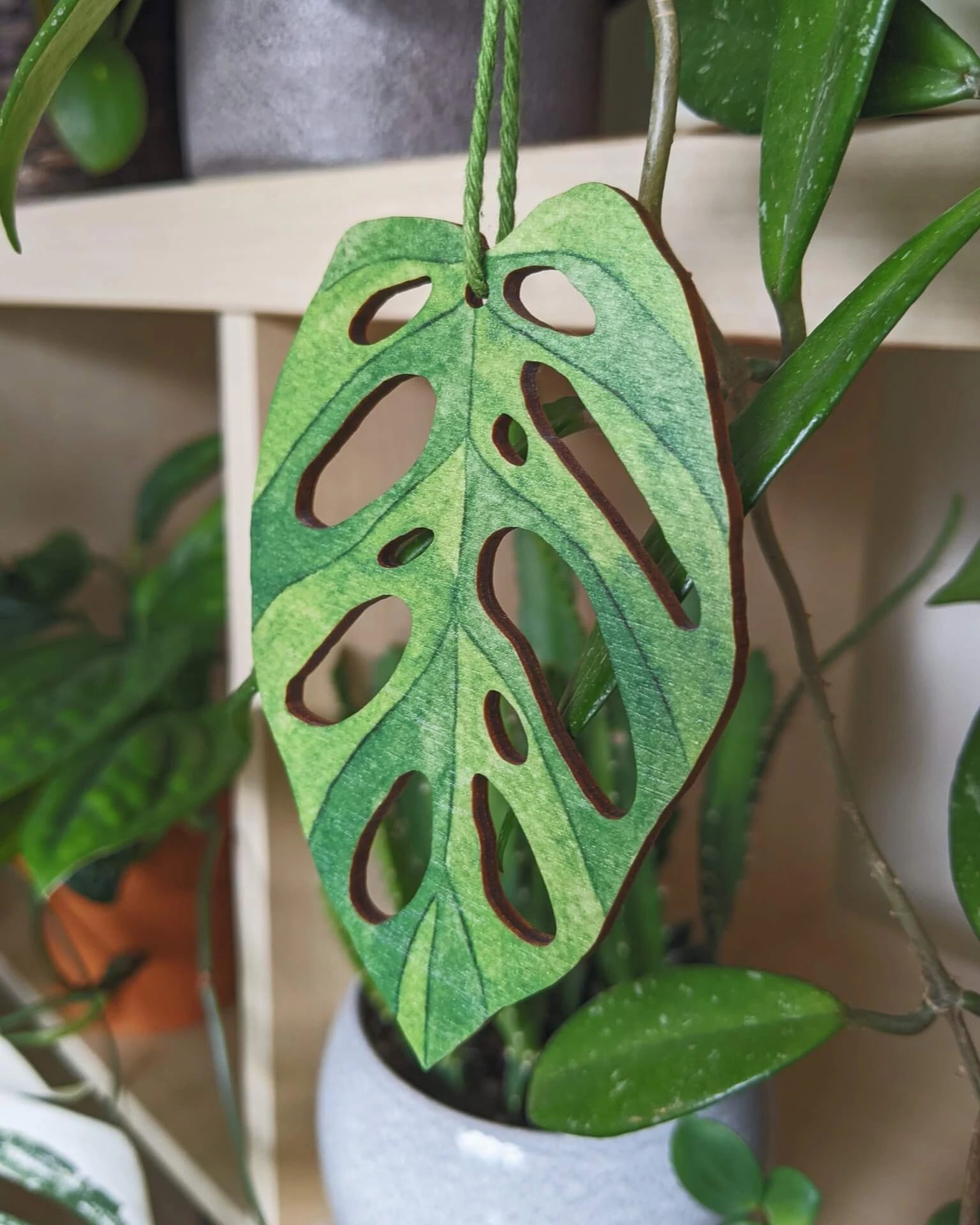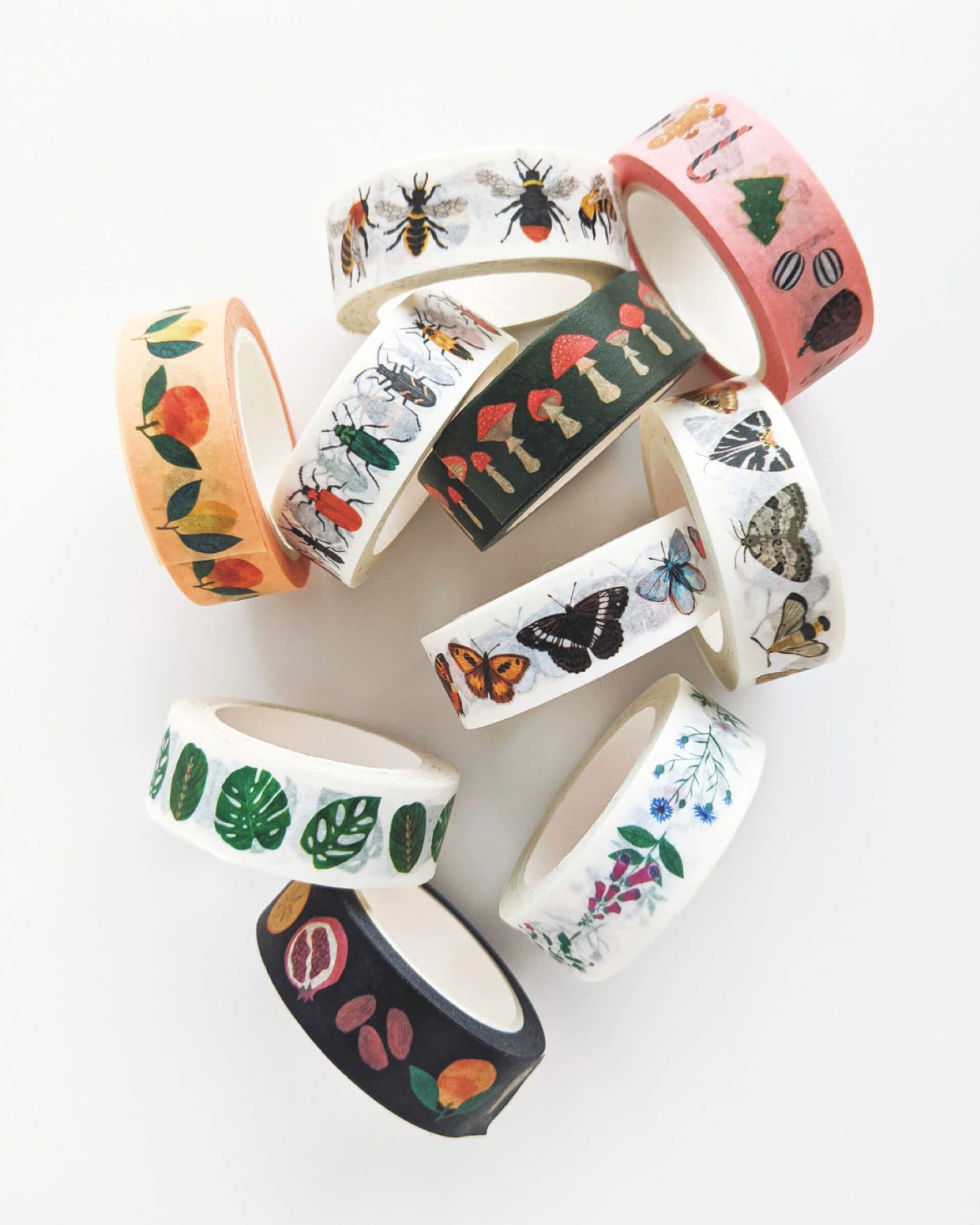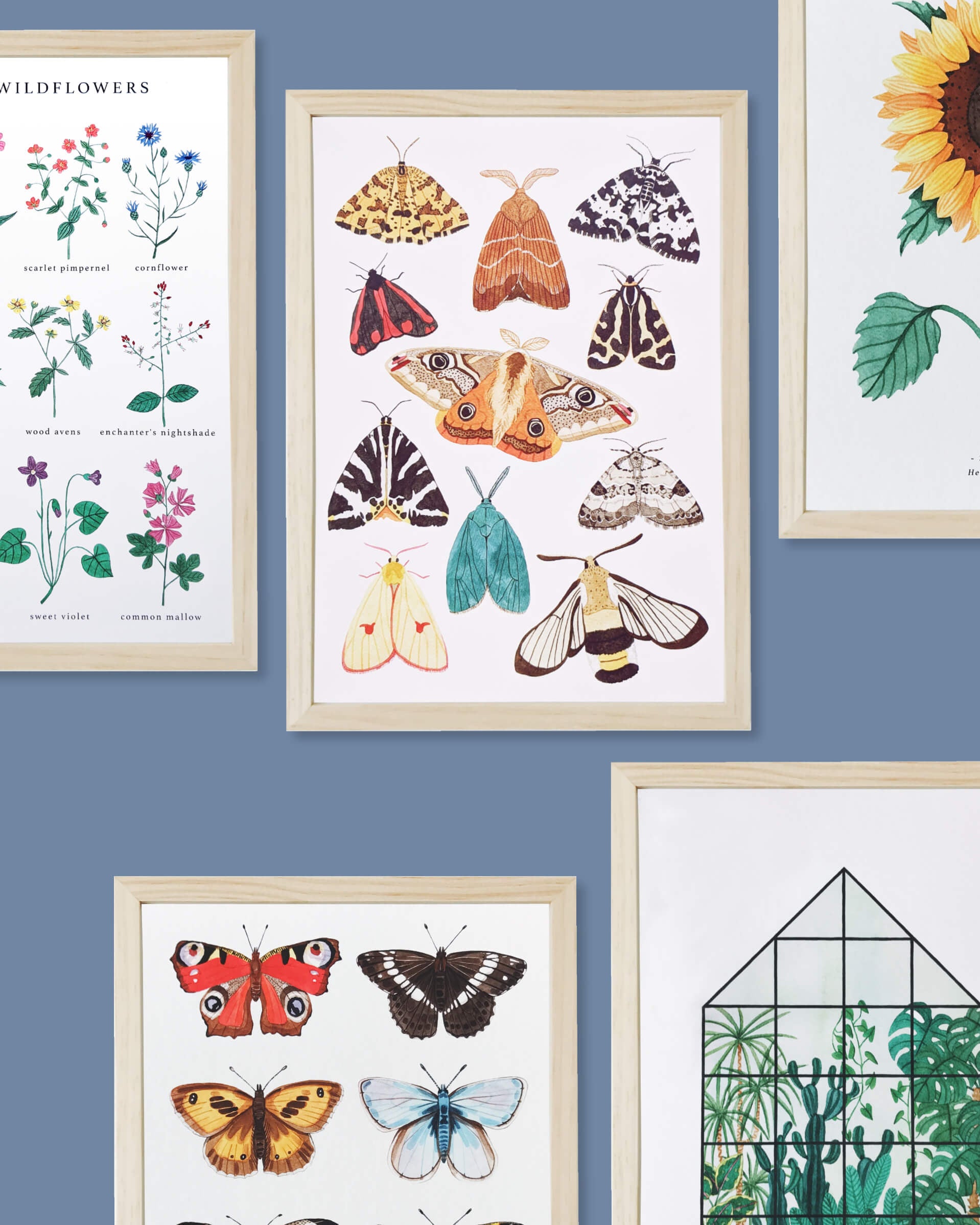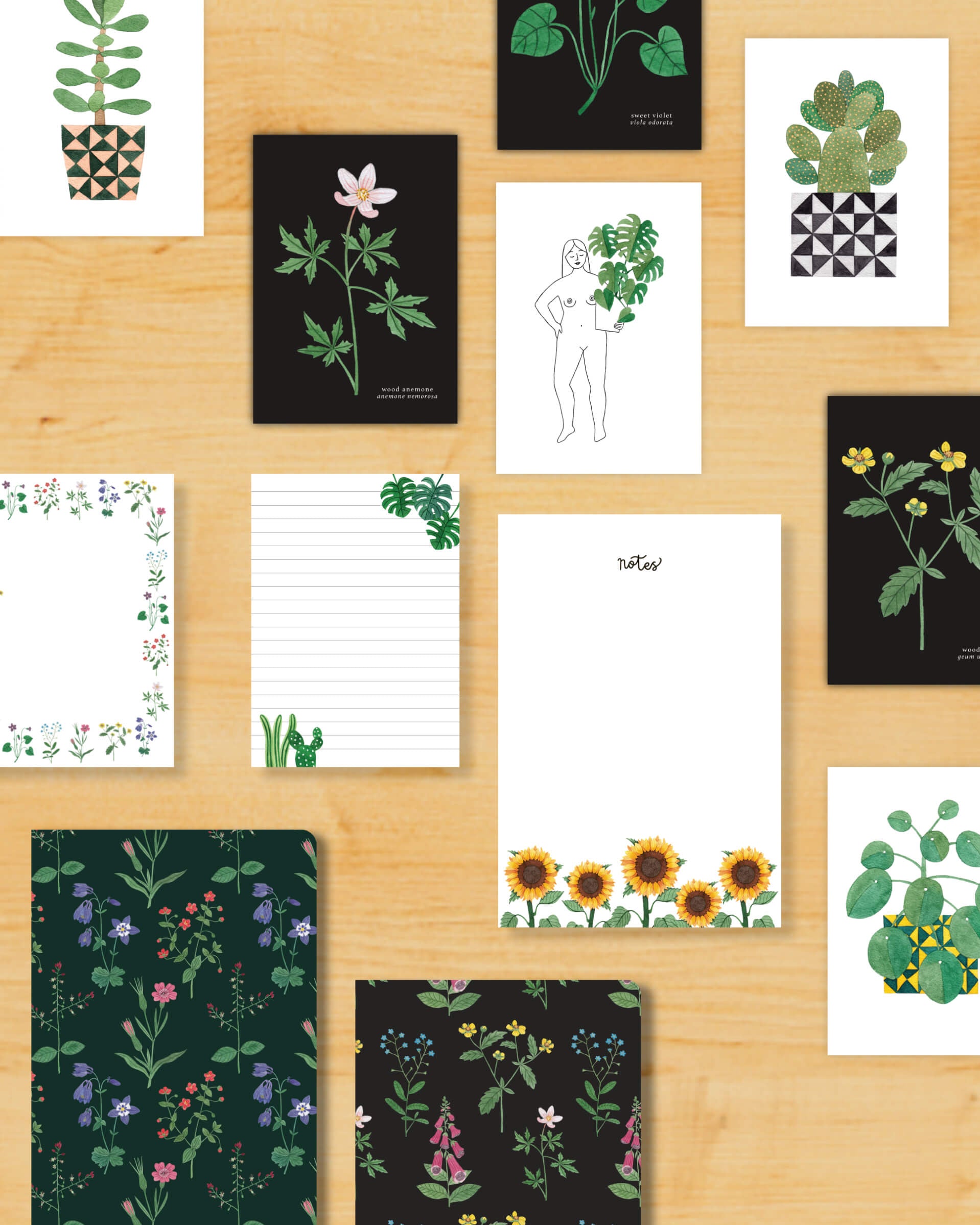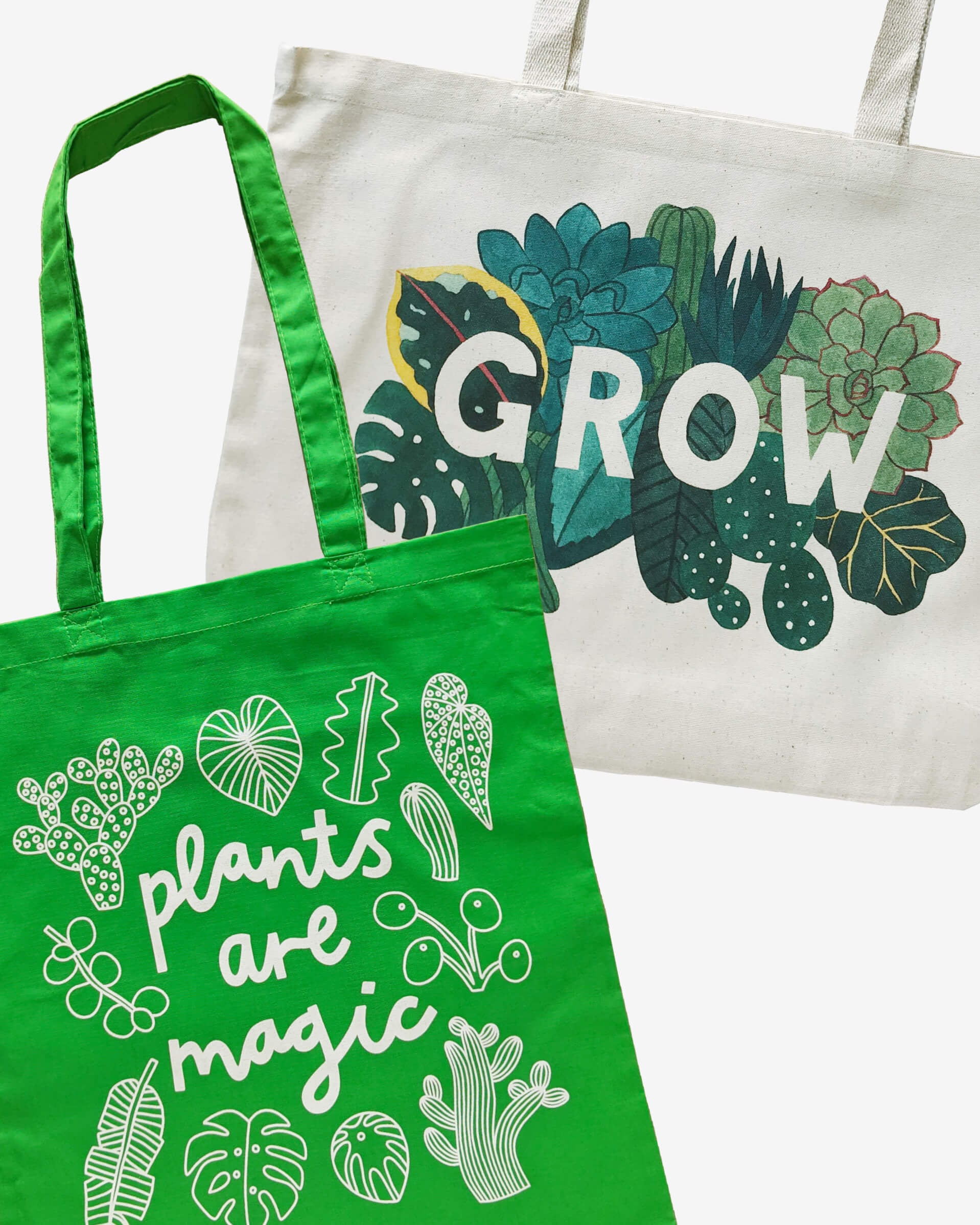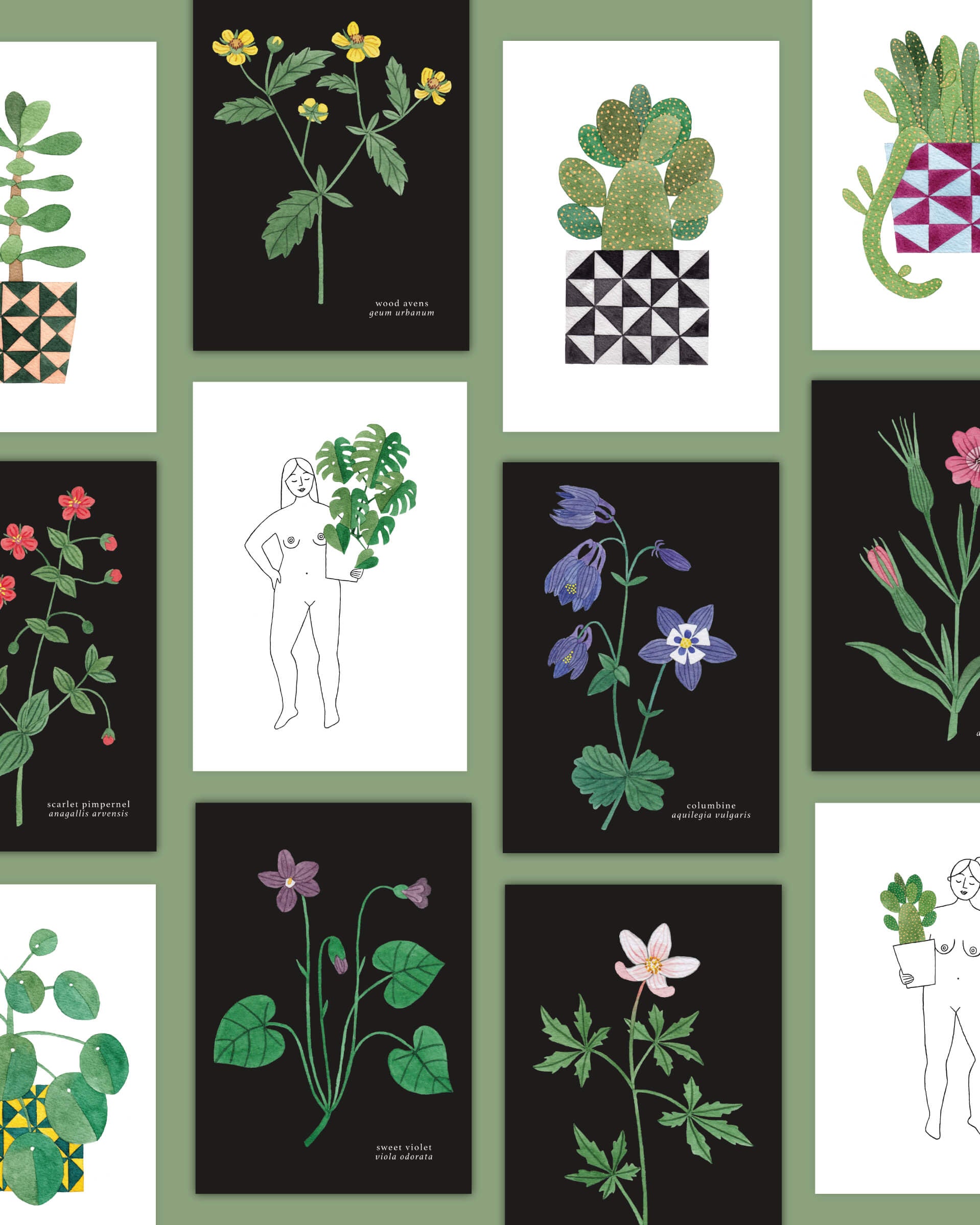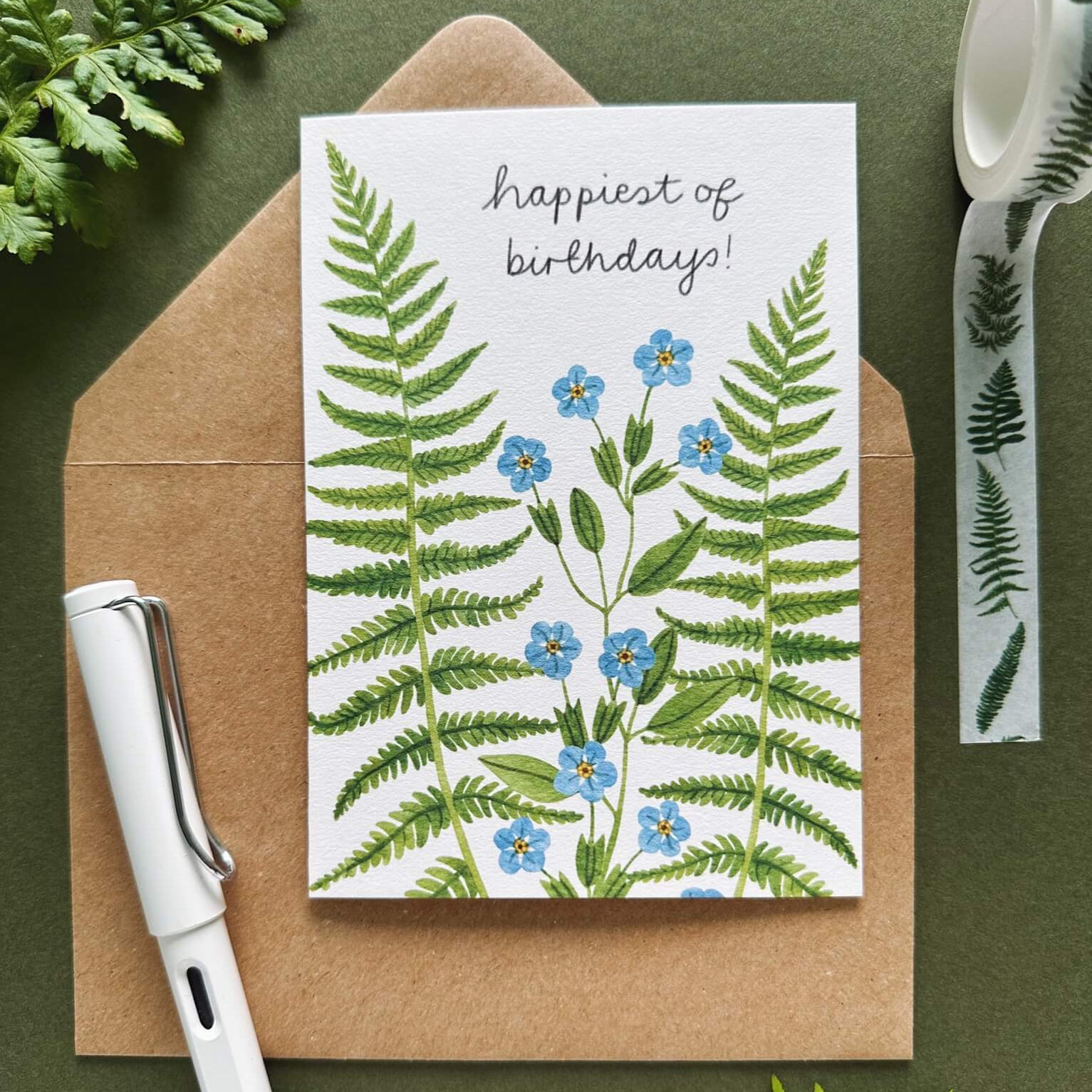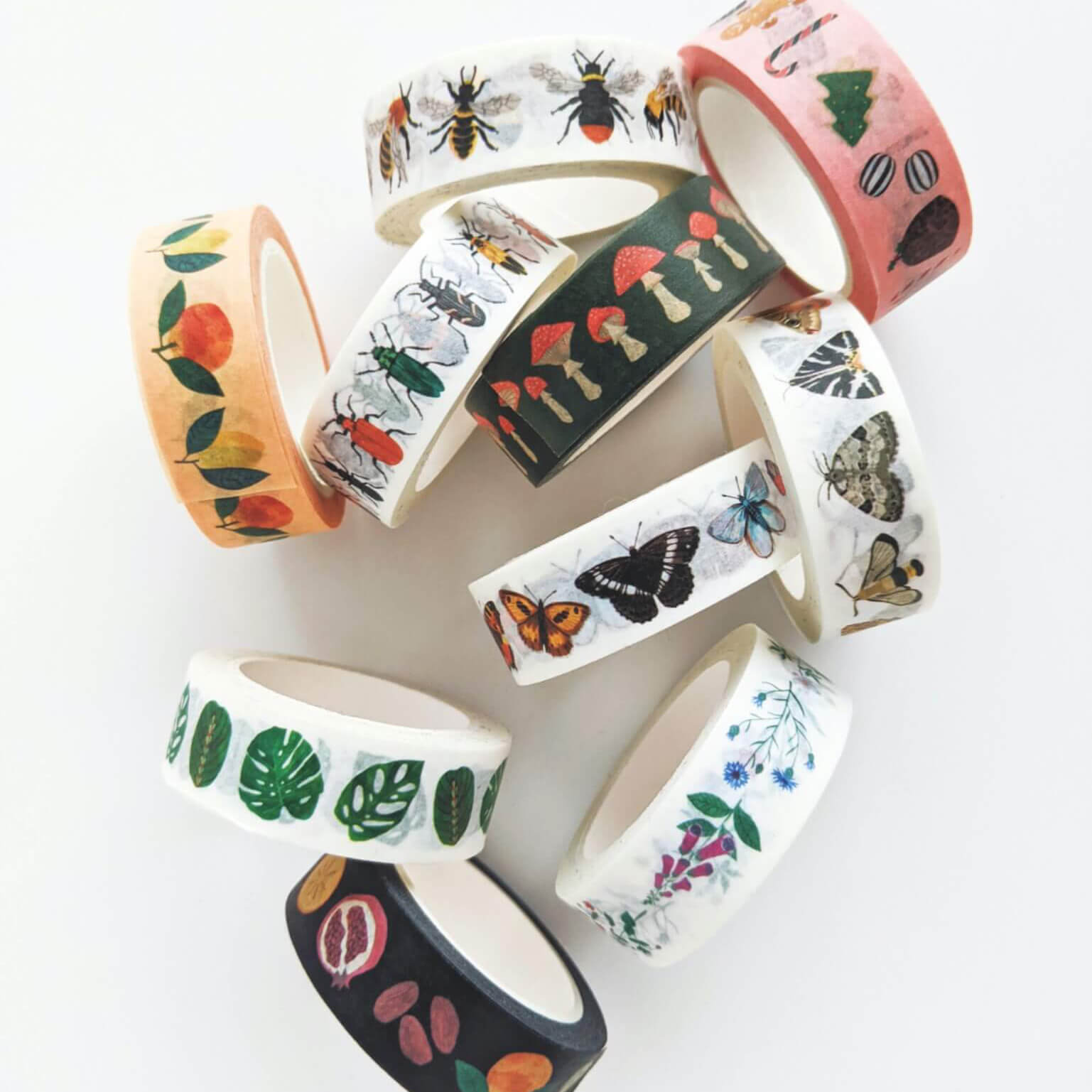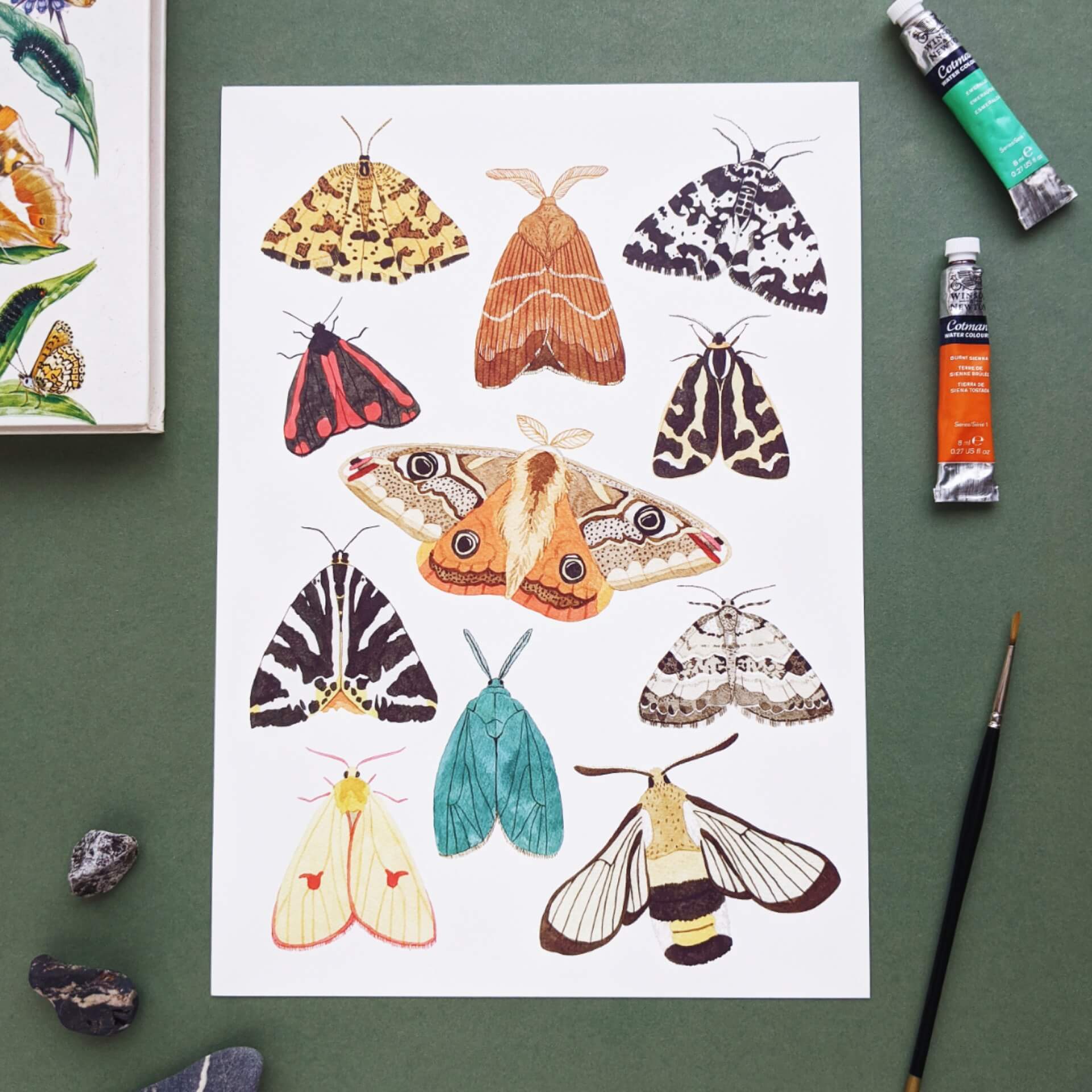It’s World Bee Day today so I am going to talk about bees alongside a few watercolour illustrations I have done. I’m starting off with bumblebees, as bumblebees are usually the first species of bee that emerges when spring is arriving, which is why there are “early-nesting” bumblebees!
Bumblebees
Bumblebees are a social species and the biggest type of bee, measuring up to 2.2cm. They collect nectar and pollen, and they don’t need to store food for winter – they hibernate underground. I think bumblebees are adorable with their fluffiness and bumbling nature!
Paintings pictured are white bumblebee, red tailed bumblebee, and common carder bee.



Honeybee
There’s only one species of honeybee in the UK. They live in colonies but they’re mostly domesticated, living in hives and making honey. Unlike bumblebees they don’t hibernate because they store food for winter and cluster together to stay warm. They’re the fastest and most hard working out of all the species of bee!

Solitary bees
Solitary bees are known as the star pollinators of the bee world. They don’t live in colonies, serve queens or make honey like bumblebees or honeybees, but they’re the most effective pollinators. They drop more pollen as they fly because they don’t have pollen baskets on their legs! Solitary bees work alone and nest in cavities of brick walls, hollow plant stems, or underground burrows.
Paintings pictured are patchwork leaf cutter bee, ashy mining bee, and red mason bee.



Let’s look after the bees
Bees are amazing for pollinating plants, trees and flowers that provide habitats for wildlife and the food we need to survive. Despite my fear of being stung, I love to watch and appreciate them in my wild garden. And I love them even more after I studied and painted them. They’re adorable! I hope you enjoyed seeing snippets of my bee study painting and learning a few bee facts.



